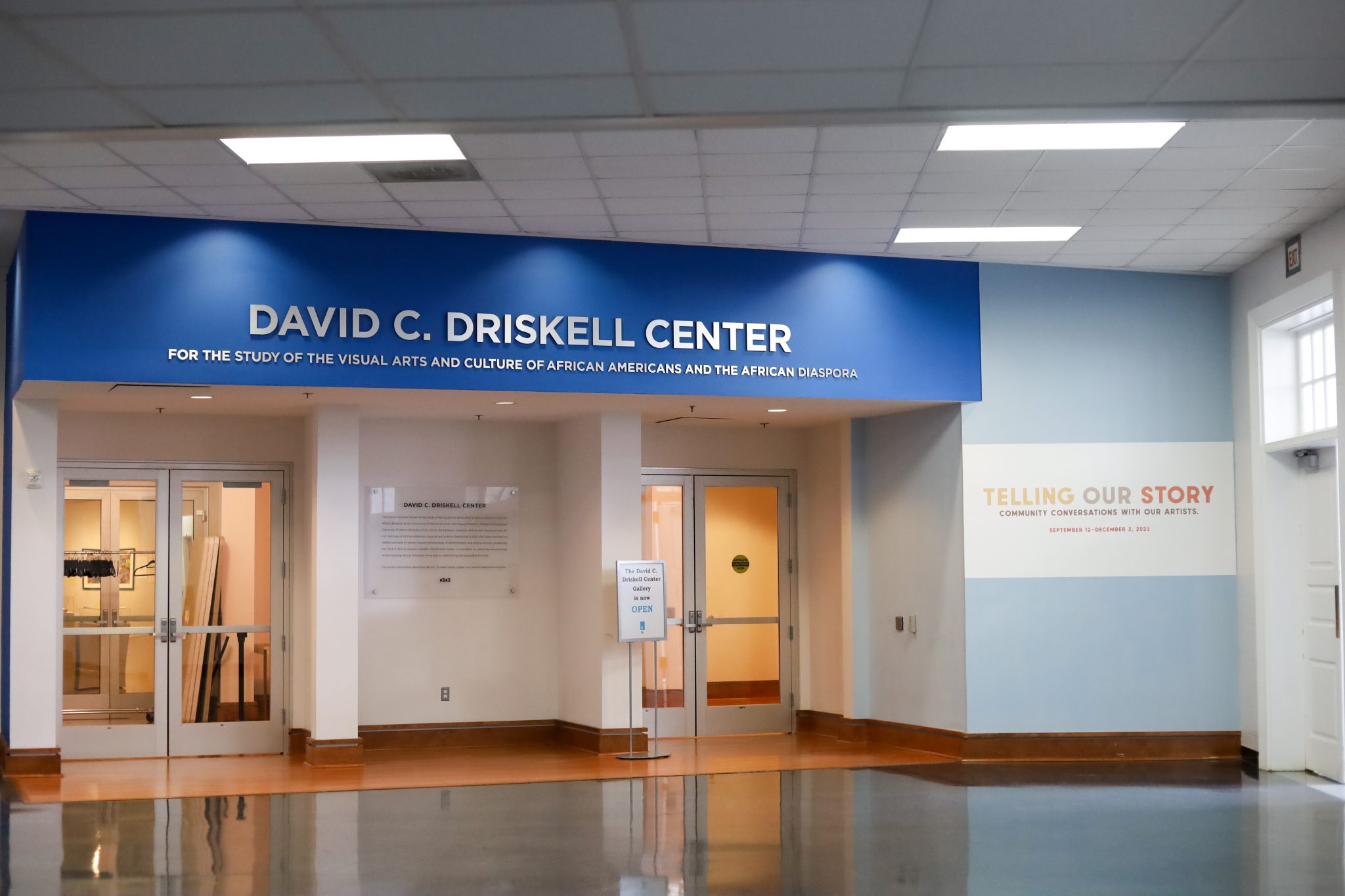By Lauren Smith
For The Diamondback
University of Maryland community members gathered at the David C. Driskell Center on Thursday for a lecture on representations of death during the United States’ Black power movement.
The lecture was the latest in a series of Driskell Center events organized to educate others on African diasporic art history.
Sampada Aranke, an art history and comparative history associate professor at Ohio State, visited the center to give a talk on her book Death’s Futurity: The Visual Life of Black Power. The book — published this year — explores the way artists and activists used representations of death to mobilize people in the Black Power movement of the 1960s and 1970s, with a particular focus on Black death at the hands of the state.
Aranke said her inspiration for the book stemmed from her time at the University of California, Santa Cruz, where she became interested in the politics of social movements such as the Black liberation movement.
[Maryland Opera Studio performs rendition of ‘Albert Herring’ at The Clarice]
The book originally started as a dissertation, Aranke said.
“I was spending a lot of time with the material to see what stories came up,” Aranke said. “Through that, it became really clear to me this kind of idea that death was really essential in the movement in the 60s and 70s.”
Jordana Saggese, the Driskell Center’s director, said inviting guest lecturers like Aranke is part of the center’s efforts to promote scholarship around African diasporic art and culture and engage in a wider history of the discipline.
“What [Aranke’s] book does is really look at Black cultural history that we often consider ephemeral … and that’s a really, sort of recent turn in the discipline,” Saggese said. “We’re looking at sort of the everyday objects that create these communities around activism and politics.”
Aranke’s guest lecture focused on the murders of Bobby Hutton, Fred Hampton and George Jackson, three prominent Black Panther Party members. Each individual’s story is framed through discussions of documentary photography, posters, community meeting notes and publications.
Depictions of the Black body were used in the aftermath of Hutton, Hampton and Jackson’s murders to spark political action in the movement for liberation, Aranke said during the lecture.
For attendees, Aranke’s discussion of her book was eye-opening about the scope of the Black Power movement.
[UMD student musicians compete to become next symphony orchestra soloist]
“Most of what she spoke about was really interesting,” said Kanitra Fletcher, a friend of Saggese who attended the lecture. “She spoke about circulation of the Black body in different mediums … It shows you how far reaching this imagery was at the time.”
Saggese said the themes of political mobilization in Death’s Futurity were part of the inspiration in arranging the guest lecture. The center’s programming this season aims to celebrate Black power and Black rights, rather than stories of Black victimization, she said.
Aranke said the subject matter of her book emphasizes this power. Those involved in the Black Power movement were able to use visuals to create a positive force in their movement, she said.
“Because the government and the state was really cracking down on radical activism and there was rightful fear,” Aranke said. “Instead of taking that fear, and just letting it be destructive, these organizers and activists did something constructive with it. They built a really rich and dynamic rhetoric.”



